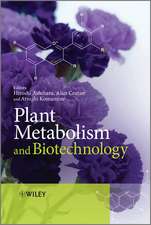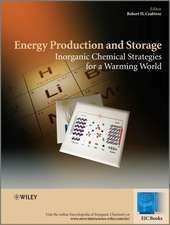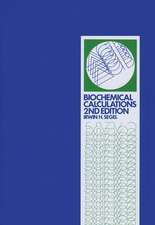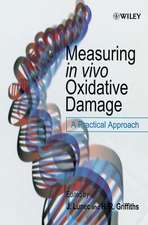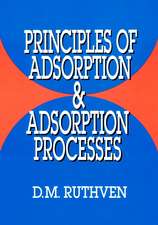Plant Secondary Metabolites – Occurrence, Structure and Role in the Human Diet
Autor A Crozieren Limba Engleză Hardback – 11 oct 2006
Plant Secondary Metabolites: Occurrence, Structure and Role in the Human Diet addresses this wider interest by covering the main groups of natural products from a chemical and biosynthetic perspective with illustrations of how genetic engineering can be applied to manipulate levels of secondary metabolites of economic value as well as those of potential importance in diet and health. These descriptive chapters are augmented by chapters showing where these products are found in the diet, how they are metabolised and reviewing the evidence for their beneficial bioactivity.
Preț: 1675.03 lei
Preț vechi: 1840.69 lei
-9% Nou
Puncte Express: 2513
Preț estimativ în valută:
320.51€ • 335.54$ • 265.21£
320.51€ • 335.54$ • 265.21£
Carte tipărită la comandă
Livrare economică 07-21 aprilie
Preluare comenzi: 021 569.72.76
Specificații
ISBN-13: 9781405125093
ISBN-10: 1405125098
Pagini: 384
Dimensiuni: 177 x 253 x 26 mm
Greutate: 0.97 kg
Editura: Wiley
Locul publicării:Chichester, United Kingdom
ISBN-10: 1405125098
Pagini: 384
Dimensiuni: 177 x 253 x 26 mm
Greutate: 0.97 kg
Editura: Wiley
Locul publicării:Chichester, United Kingdom
Public țintă
Chemists, biochemists and nutritionists in the food science and related areas, in both industry and academia.Notă biografică
Descriere
Plant secondary metabolites have been a fertile area of chemical investigation for many years, driving the development of both analytical chemistry and of new synthetic reactions and methodologies. The subject is multi-disciplinary with chemists, biochemists and plant scientists all contributing to our current understanding.



